Abstract photography – Abstract photography is the method of depicting a visual image that does not have an immediate association with the object world and that has been created, it often takes a second glance to recognise the object being photographed.

Ralph Eugene Meatyard:

Born in Illinois, in 1925, Ralph Eugene Meatyard used a multitude of methods to achieve his experimental, expressionist photographs. These include multiple exposures, motion-blur, and other methods of photographic abstraction. Meatyard derived inspiration from poets he adored and his fellow members of the Lexington Camera Club, combined with his own creative flare and the influence of others Meatyard successfully formed his career in photography with his own form of expression. He took these unique photos where he lived in Lexington, Kentucky, before he later passed away in 1972.
Analysis of Ralph Eugene Meatyard’s work:

Light- The natural lighting of this image softly illuminates the focal point of the image, that being the twig in the foreground of the image. There are no harsh shadows in this image as the lighting is soft.
Line- The thin, jagged lines of the branches lead your eyes towards the middle of the image, and then to the right-side edge.
Repetition- The repetition of line is present in this photo, as the pattern of irregular lines in the foreground direct your eyes along the screen, from left to right.
Shape- The organic shape of the branches are unorganised and random, therefore they have little relation to each other in terms of shape and regularity.
Space: There is a very narrow depth of field in this photograph. The branches in the foreground of the image are in focus, whereas the background is blurred out. I believe the photo was taken with an aperture of f4 or below.
Texture- The spiked branches in the image give the photograph a rough texture, as the lines in the image are ridged and sharp.
Value/Tone- There is a varied tone to the image, as the background to foreground fades from dark to light. The branches in focus are highlighted amongst the background, which makes them the focal point for the viewer. The branches are lightest part of the image and they are contrasted against the dull background.
Colour- The muted, monochromatic tone of the image accentuates the contrast between light and dark. There is a cold hue to the image, which highlights the juxtaposition of light and dark further.
Composition- The image has a very unorganised composition, the shapes are organic which makes it harder to understand the composition. There is also regularity to the image, which makes the composition more complicated and uneven.
My response to Ralph Eugene Meatyard’s work:
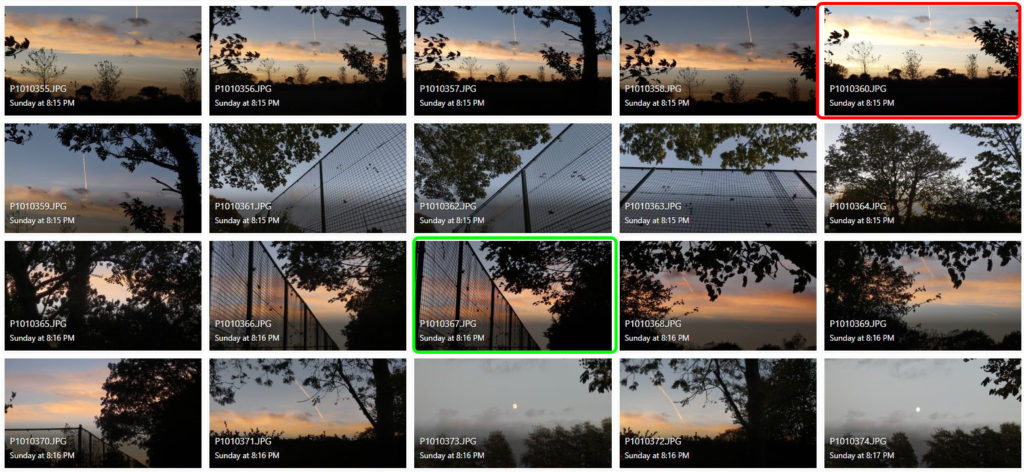
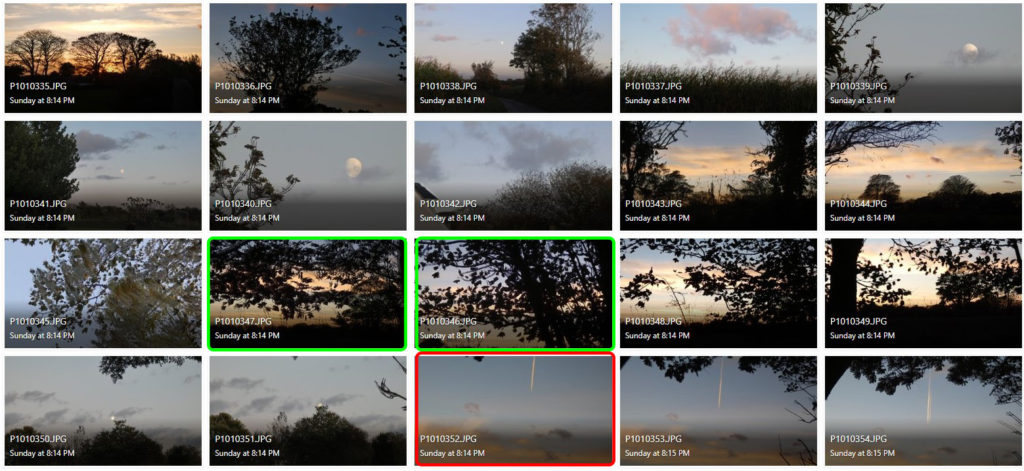

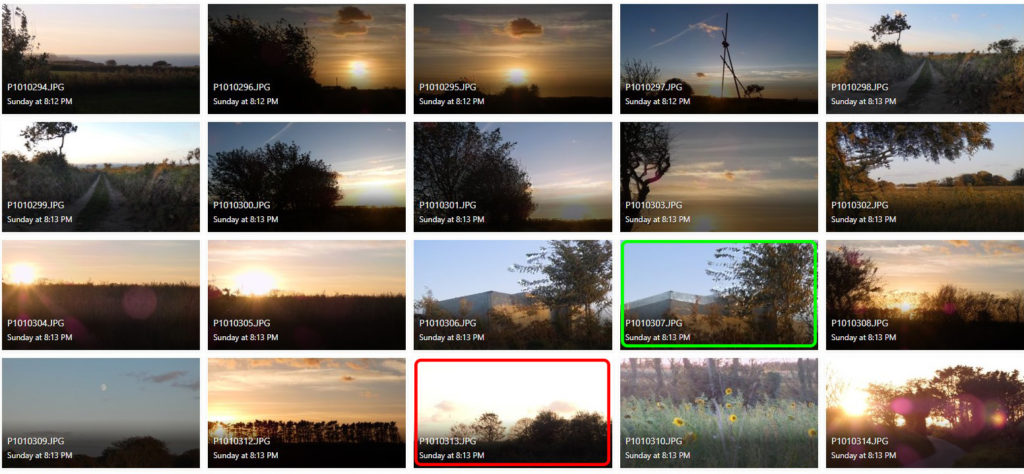
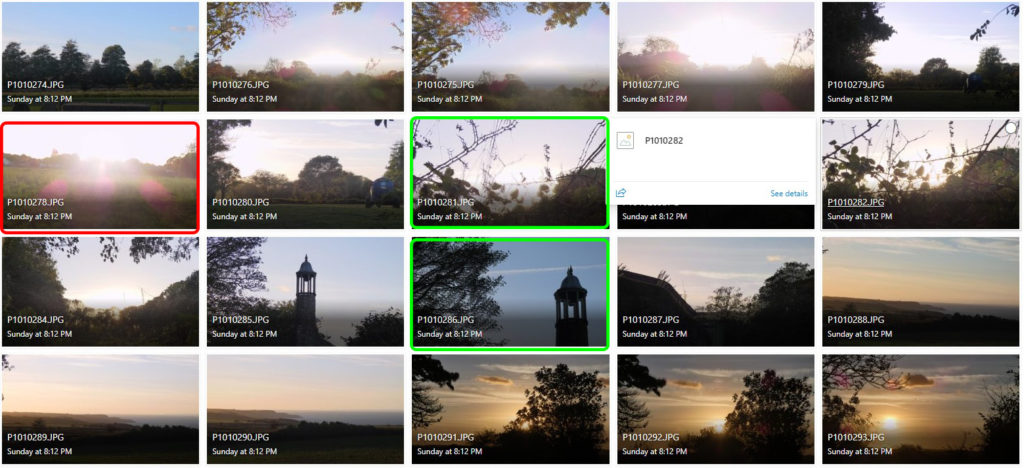
I believe the images highlighted in green are my most successful photographs for this shoot. I think this because they either relate to the artist’s theme of contrasting light and dark the best, or they use the artist’s method of blurring the image with change in shutter speed.
I think the images highlighted in red are my least successful images purely because they have the least relevance to the artist I have studied, or because the light in the photographs is too over-exposed.
To take the ‘Out of Focus’ images, I used an ISO of 400, and changed the shutter speed settings on my camera to achieve a ghost-like effect.
Photoshop Development:
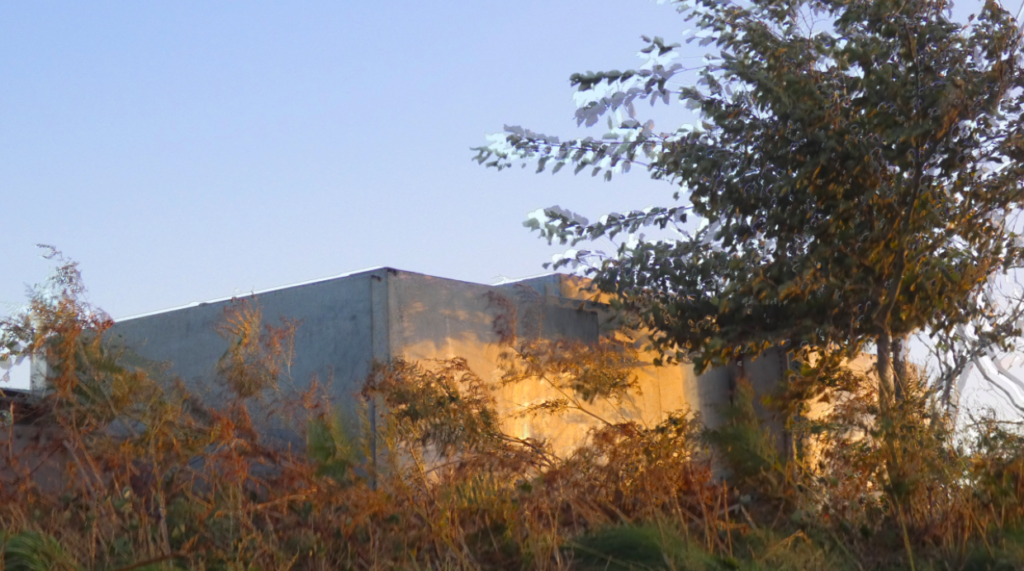
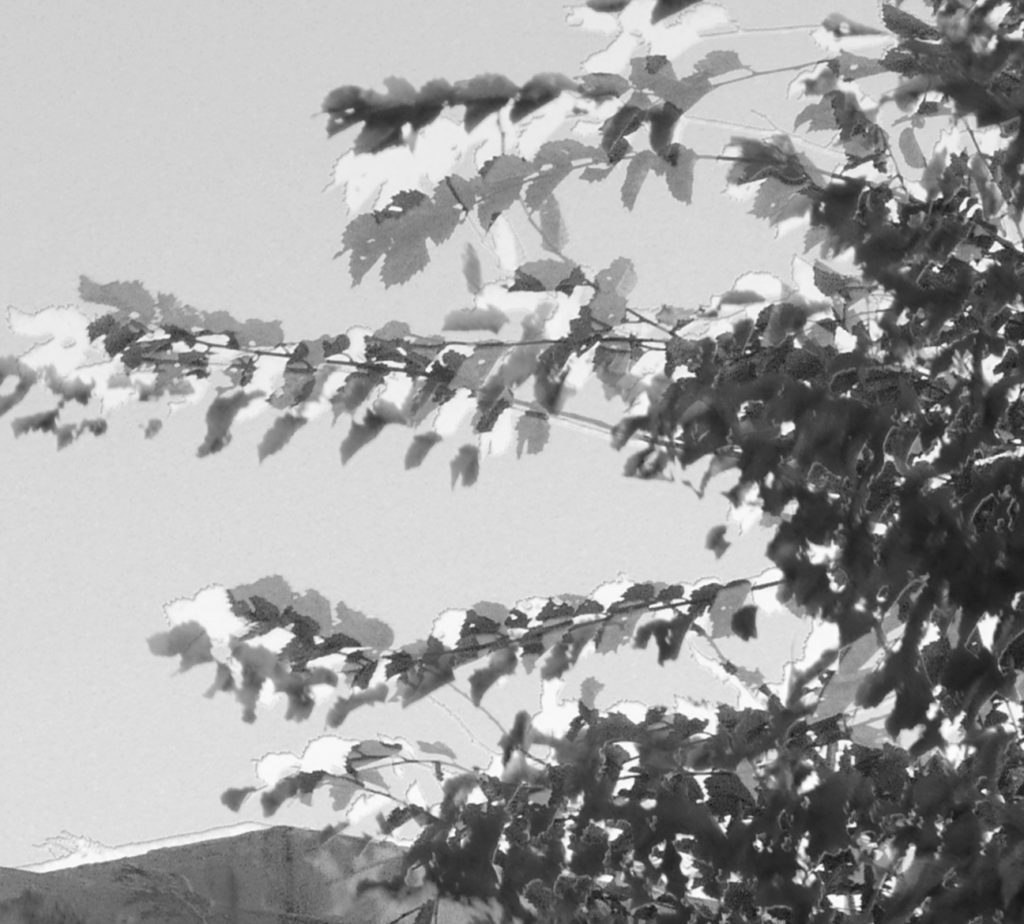


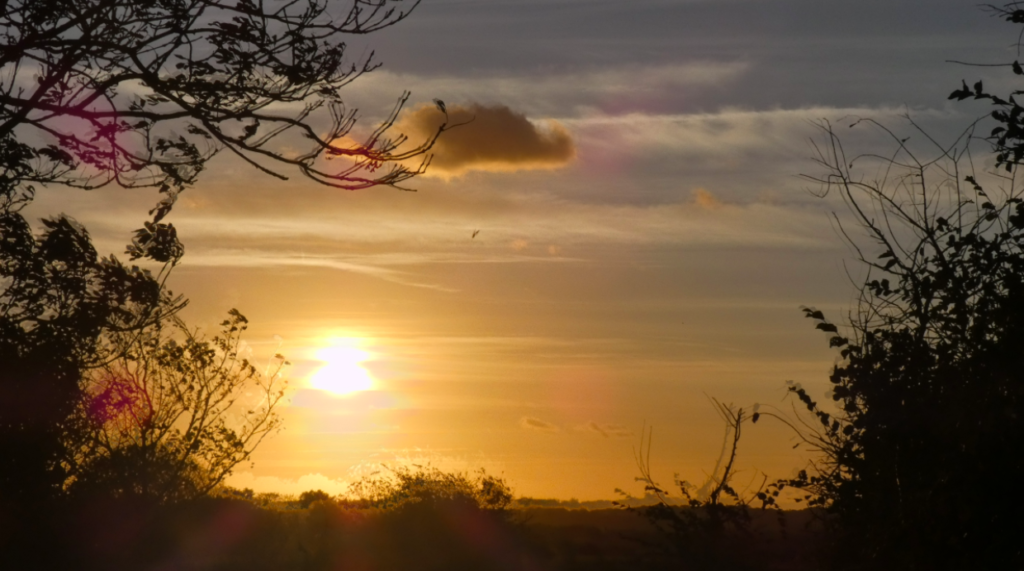

Overall, I think the biggest similarity between Ralph Eugene Meatyard’s and my own work is the use of juxtaposing black and white tones that create a contrast against each other. However, I think to improve my photos in the style of Ralph Eugene Meatyard, I need to change aperture settings, etc on my camera so that the lens focuses on the twigs and branches rather than the area around them.
Ann Hamilton

Born in 1956, Ann Hamilton is an American artist best known for her large-scale multimedia instillations. Hamilton received a BFA in textile design from the University of Kansas in 1979, and then lived in many states in Canada, before deciding to achieve an MFA in sculpture at Yale in 1983. Ann Hamilton then produced several series of works between 1984-2018, but her work in the 1980’s is what brought the artist to light. While teaching at UC Santa Barbara, Hamilton began experimenting with photography, which she would often combine with other elements involving her current work with textiles. This began her work in photography and helped to evolve her successful career.
Analysis of Ann Hamilton’s work:

Light: The soft, natural lighting gently illuminates the actual photograph, however harsh lighting could have been used around the image to create the
Line: The curved lines around the edges of the image act as a border to the photograph, these can be seen as leading lines that lead to the figure in the middle third of the photograph. The lines start of thicker at the corners of the image but begin to thin out as they reach the middle.
Repetition: There is little repetition in the photograph as the image focuses on the aspect of portrait rather than patterns and repetition. On the other hand, there is a slight echo with the use of shutter speed, which gives the figure a ghost-like affect.
Shape: The shapes in the image are organic and natural, because of this they have little relation to each other, the image is not artificially set up therefore it is hard to find comparable shapes.
Space: I believe there is a narrow depth of field in this image as the background is slightly more blurry than the foreground. However even the foreground is slightly blurry due to the use of slow shutter speed.
Texture: The image has a rough texture because of the jagged edges around the border and the wrinkly features of the face on the figure.
Value/Tone: There is a range of tones in the image, due to use of soft lighting which creates the contrasting shadows and highlights. The darkest part of the photograph is the shadows cast under the trees. The lightest part of the image are the illuminated features of the lady.
Colour: The photograph has a monochromatic filter to exaggerate the echo affect from the slow shutter speed.
Composition: The composition of the image is natural and not artificially set up, therefore it is difficult to superimpose geometrical shapes onto the image in order to understand the composition better.
Comparison of Ann Hamilton and Ralph Eugene Meatyard’s work:


Ann Hamilton and Ralph Eugene Meatyard both focus on the use of depth of field in different ways. Meatyard uses a narrow depth of field in order to draw the viewers eyes onto the focal point. Hamilton uses a slightly wider depth of field in order to keep more of the image in focus, but keeps the foreground as the main focal point. However Hamilton uses a slower shutter speed in order to achieve an echoed affect.
Both photographers use a monochromatic theme in these photos in order to accentuate the beauty of light and dark rather than colour. Hamilton and Meatyard use softer, natural lighting in these photos so the shadows and highlights are less harsh.
Although both Hamilton and Meatyard use the theme of focusing in their style of photography, they almost use them in an opposite way, which exemplifies the contrast in shutter speed photography.
